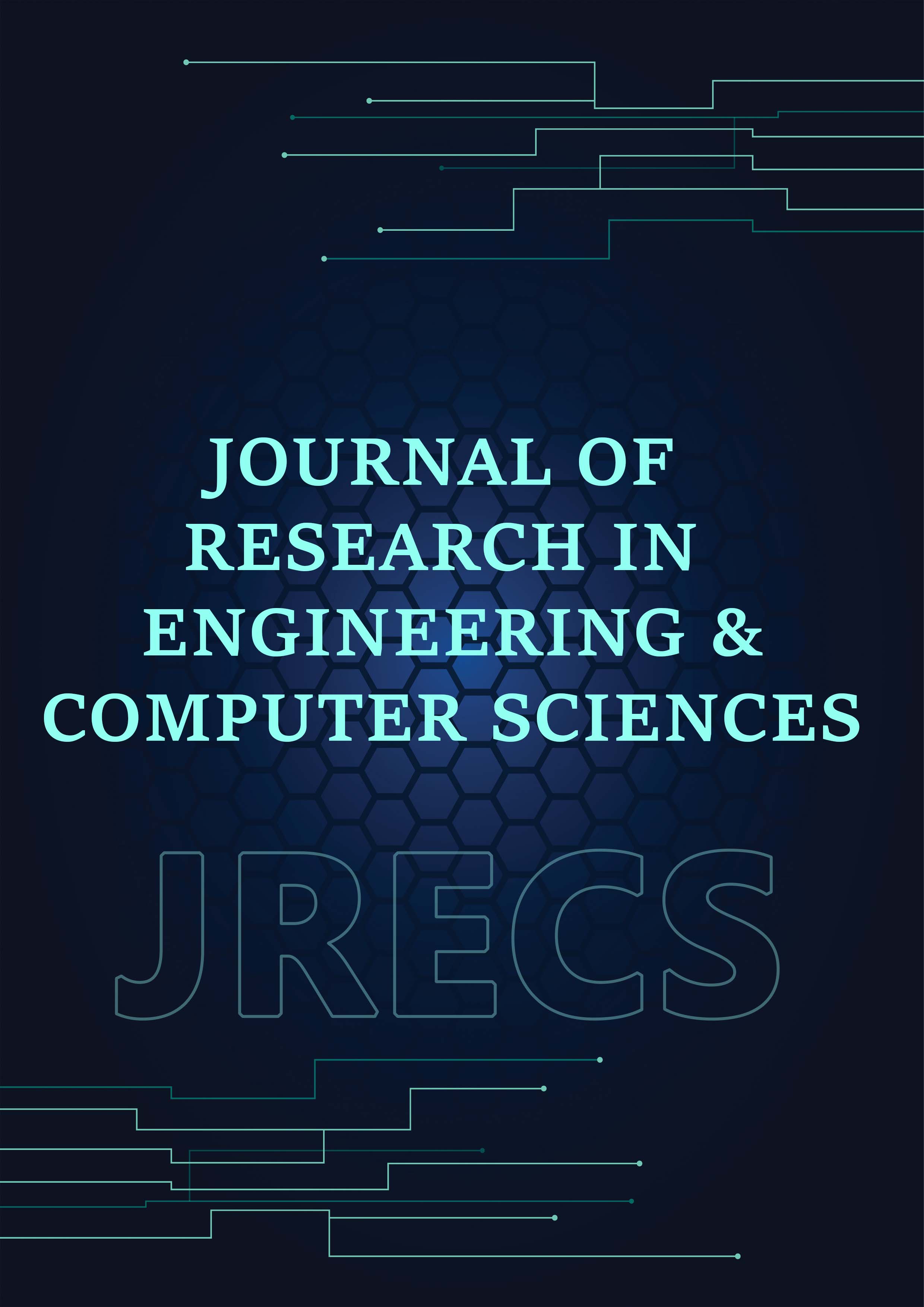Fuzzy Logic and FFBNN based Detection of Spine Osteoporosis through Dual Energy X-Ray Absorptiometry (DEXA) Images
DOI:
https://doi.org/10.63002/jrecs.32.889Keywords:
DEXA, Osteoporosis, Fuzzy logic, Mamdani, FFBNN, TansigAbstract
Osteoporosis is a disease that affects bones, it makes them fragile and susceptible to break. Recently, Dual-Energy X-ray Absorptiometry (DEXA) technology is being used to detect osteoporosis with low levels of radiation compared to X-Ray and CT-Scans. In this article, evaluation of the effectiveness of features extracted from DEXA images in detecting osteoporosis in the cervical vertebrae was tested. Machine learning (ML) and artificial intelligence (AI) techniques represented by fuzzy logic and feed forward back-propagation neural networks (FFBNN) are used to achieve an accurate detection of Osteoporosis. Fourteen features representing (histogram, texture, statistical, and Haar wavelet) types were tested. Three membership functions (MFs) namely: (Gaussian, Bell and Triangle) and three de-fuzzification techniques were used using Mamdani Fuzzy Inference System (FIS). In this phase of classification, a success rate achieved was 90%. Artificial Neural Network (ANN) represented by FFBNN is depended to complete the proposed classification system. Depending on (11, 7, 4, and 2) neurons having two output neurons and based on the Tansig function, the training succeeded with a performance of 10-8. The training passed for 28 inputs, and for 5 test cases among 7 cases to reach a success rate of 94.28% and the overall classification (Fuzzy + FFBPNN) succeeded by a rate of 99.4% by classifying 349 images among 351.




